
Renault 16 Coupé Cabriolet (uncompleted project)
This story began in 1958 when the Frégate was given a facelift. Then Renault President Pierre Dreyfus launched a new project based upon a status-enhancing car equipped with a six-cylinder engine – the 114 initiative that he halted at the beginning of 1961: “For the overall good of Renault, we need to adopt a different approach – in several areas,” he declared.
The goal, therefore, was to design a high-end mid-sized car that would set itself completely apart from the opposition: a family car adapted to every aspect of modern life, boasting the functionality and versatility of an estate while delivering the comfort and elegance of a saloon car.
A coupé cabriolet was also evaluated, but with the majority of this version’s body parts being different to those of the saloon, production costs would have been too high to pursue the project.
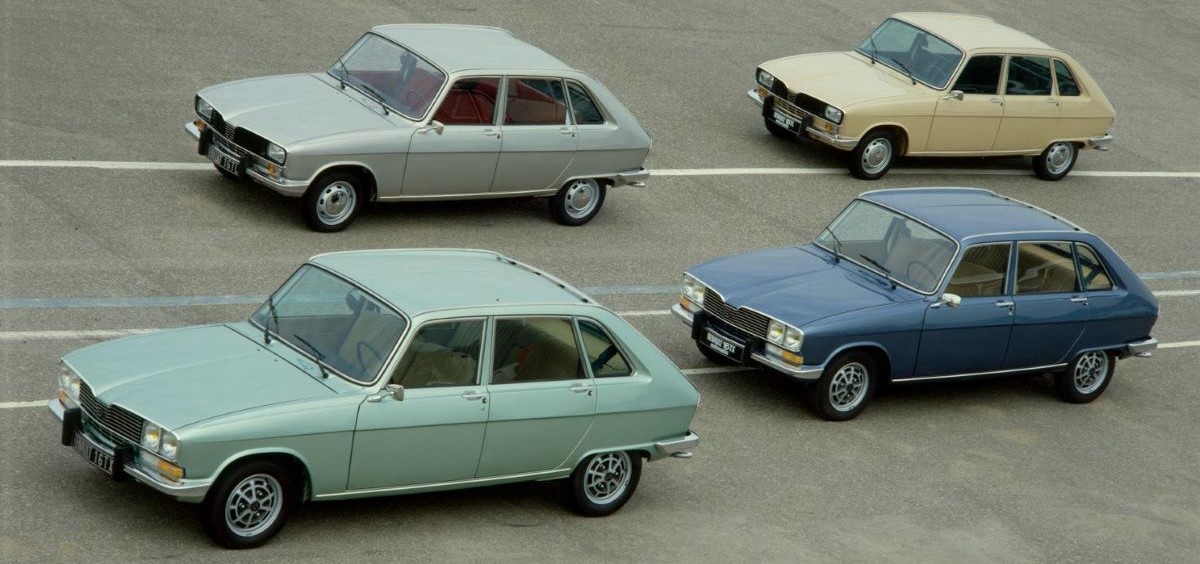
Renault 16 Super (1970): The Renault 16 was selected as ‘European Car of the Year’ ahead of the Rolls-Royce Silver Shadow!
The Renault 16 stood out for its extraordinary cabin space. Intended as a voiture à vivre (a car adapted to every aspect of life) – in the same mould as the Renault 4 – the Renault 16 went even further than merely offering a tailgate and folding rear bench seat. The interior space was organised around a boot area that could be reconfigured according to different types of use, endowing the Renault 16 with the comfort of a limousine and a level of versatility that – discounting van versions – no rival model could match.
In scoring 98 points, the Renault 16 saw off the Rolls-Royce Silver Shadow (81 points) to be crowned ‘European Car of the Year’ – something of a culture shock in the automotive world!

Renault 16 TA: Automatic!
Four years after the launch of the Renault 16, the TA version – fitted with an automatic gearbox – was unveiled at the 1969 Geneva Motor Show. This was no ordinary gearbox… The first of its kind to be designed in France, it incorporated an electronic control device that made it smoother, faster and more efficient to use while at the same time maintaining sensible fuel consumption. A calculator determined the most appropriate of the three available gears after analysing the speed of the vehicle, the revs and the pressure applied to the accelerator pedal.
Renault 16 TL, US Version (1972): Out to conquer the world
The Renault 16 – a car that some journalists had described as “typically French in the best sense of the word” – went on to enjoy considerable success on the international stage, which accounted for nearly 50 per cent of its total sales.
Although the majority of sales of the Renault 16 were logically within Europe, the model proved to be a significant hit across the globe, too. The car was sold as far afield as South Africa, Australia, the USA and Canada. Indeed, the Renault 16 was sold in the USA from 1968 to 1972 under the well-marketed tag of a Sedan-Wagon which highlighted its unique characteristic as a cross between a saloon (sedan) and estate (station wagon).
Renault 16 TS Automatic (1974): Astonishing modularity!
Intended to be a voiture à vivre in the same mould as the Renault 4, the Renault 16 benefitted from interior space organised around a boot area that could be reconfigured according to different types of use, endowing the vehicle with a degree of modularity and versatility that no competitor model could match.
The Renault 16 offered no fewer than six seating arrangements that responded to the requirements of different ways of life – from holiday needs to a weekend away in the country or for carrying jumble back from a car boot sale.
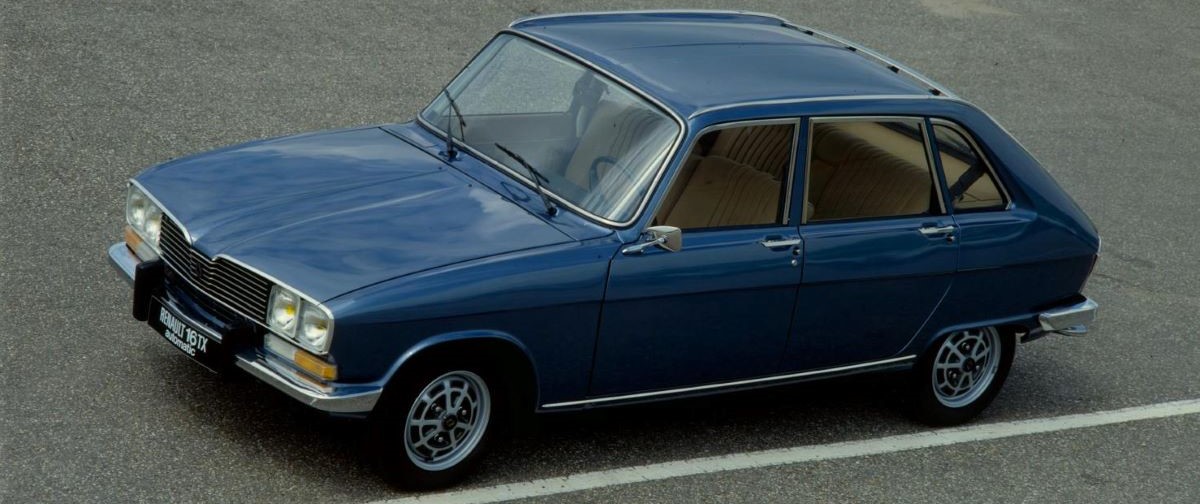
Renault 16 TX (1975): A sporty family vehicle
Top of the Renault 16 range was the TX version presented in 1973. It applied the same recipe as the TS to a European road network becoming increasingly populated by motorways and a looming oil crisis: the 16 TX seamlessly blended performance, durability and equipment.
The TX version benefitted from a new 1,647cc engine developing 93hp DIN. Beyond the palpable performance (top speed: 108mph), the most significant new addition was the adoption of a five-speed gearbox that reduced revs on the motorway and, consequently, fuel consumption. This version was similarly distinguished by its premium equipment level.
Renault 16 TL: Air Force driving school vehicle (1980)
Another voiture à vivre, the Renault 16 was targeted above all at baby boom families, to whom it offered an innovative concept that met their needs and aspirations. That said, its inherent attributes also made the model popular amongst other types of clientele. Many French government departments opted to use the Renault 16 as an official car in a plain black colour scheme, while the military similarly adopted it as a long-distance liaison vehicle (the example on show has the distinction of being a driving school version equipped with dual controls).
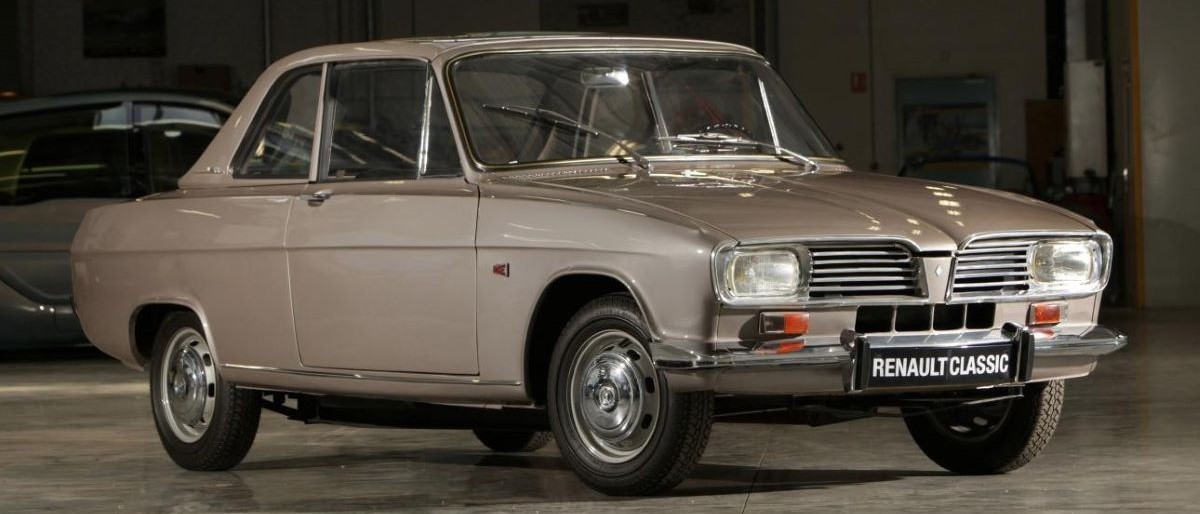
1965: The Renault 16, the original family ‘Voiture à Vivre’
The history of Renault’s family cars started 50 years ago in France during the post-war boom. In early 1965, the brand unveiled an innovative new vehicle at the Geneva Motor Show: the Renault 16. This new hatchback featured an original body shape founded on a two-box design complete with a tailgate for access to the boot. The model combined functional qualities with elegant looks and no fewer than six windows, carrying over the ingredients that were behind the success of the Renault 4 to an upmarket family vehicle. It was the perfect family car.
Renault’s determination to innovate
The project to design a successor to the Frégate was an ambitious one, especially as Pierre Dreyfus – Renault’s CEO from 1955 to 1975 – wanted it to stand out from its rivals. “We have to take a different approach,” he proclaimed. “Cars can’t just be four seats and a boot any longer. They must be viewed as a volume.”
The result was the Renault 16, a radical car penned by Gaston Juchet and signed off by Dreyfus who predicted it would be “a car for families drawn by modern consumer society.”
Crossover thinking
The Renault 16 was a cross between a saloon and a van, a design that made it exceptionally versatile for the era. The boot could be arranged in four different ways, with a carrying capacity ranging from 346dm3 to 1,200dm3 thanks to a sliding, folding and removable rear bench.
The seats were designed to suit all types of use, from fixing a child seat to a reclined position for resting, and even a couchette position for two. From the outset, the Renault 16 was thought through as a family car which was fundamentally different from anything produced by rival makes.
Technically avant-garde
The Renault 16 also marked its time thanks to its modern, avant-garde equipment specification. Front-wheel drive was still unusual in its class at the time, while the front-central engine ensured first class road manners. The engine, like the gearbox and cylinder head, were made of aluminium and produced using a pressure-die casting process.
From 1968, with the introduction of a TS version (‘Tourisme Sportif’), a range of innovative new features became standard, including a defrosting rear window, additional iodine headlights, two-speed windscreen wipers with four-jet washers and an interior rear-view mirror with day/night settings.
In 1969, the Renault 16 gained reversing lights, along with front power windows, an electric sunroof and leather upholstery. This rich equipment list made the Renault 16 a prestige car, in perfect keeping with the day’s consumer society trends, and represented a new way to go motoring.
Car of the Year 1966
Unveiled at the 1965 Geneva Motor Show, the Renault 16 surprised visitors with its offbeat styling. However, it quickly won the public over by meeting its demand for simplicity. The gamble was acclaimed by the industry, too: in 1966, the model was named Car of the Year, ahead of the Rolls-Royce Silver Shadow, no less!
The range-topping Renault 16 TX
From 1973 until the end of the model’s career in 1980, the Renault 16 was available with a 93hp 1,647cc engine for the TX version. Top speed round a circuit was 109mph (175kph), while equipment included central locking and inertia reel seatbelts, innovative features that contributed to improving the quality of Renault 16 owners’ everyday lives.
In the course of the Renault 16’s career, 1,851,502 units were made, chiefly at Renault’s purpose-built Sandouville plant in Normandy.
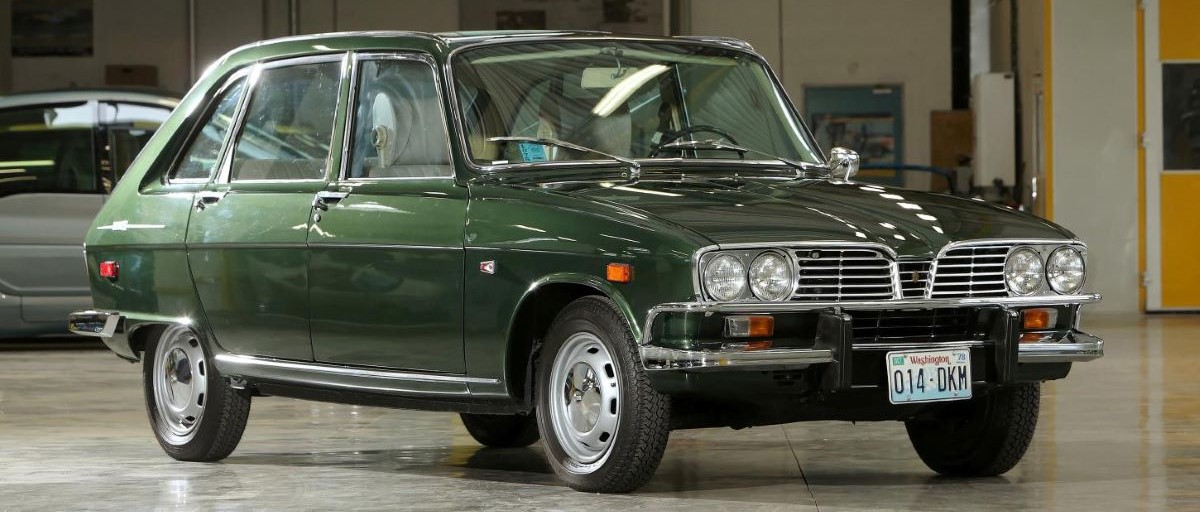

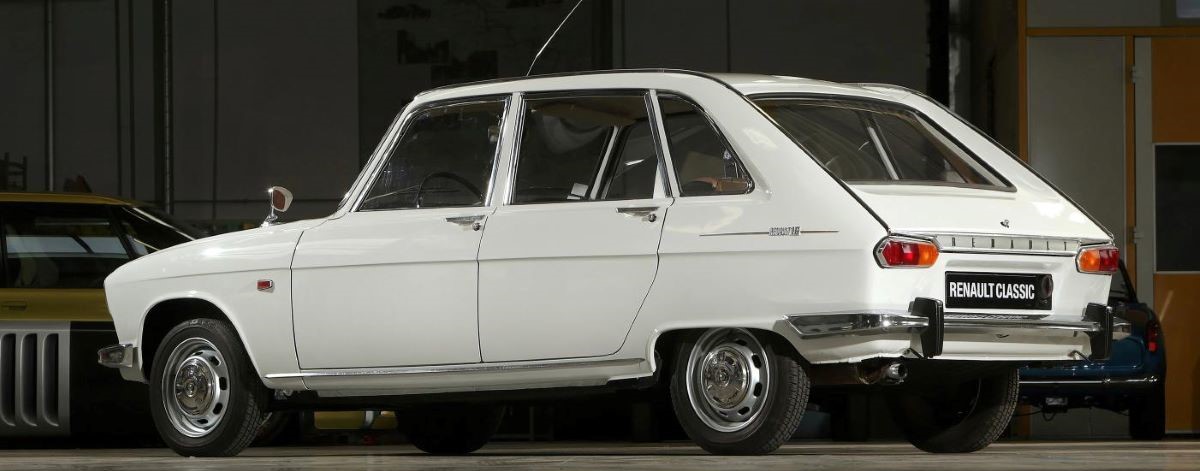

You must be logged in to post a comment.